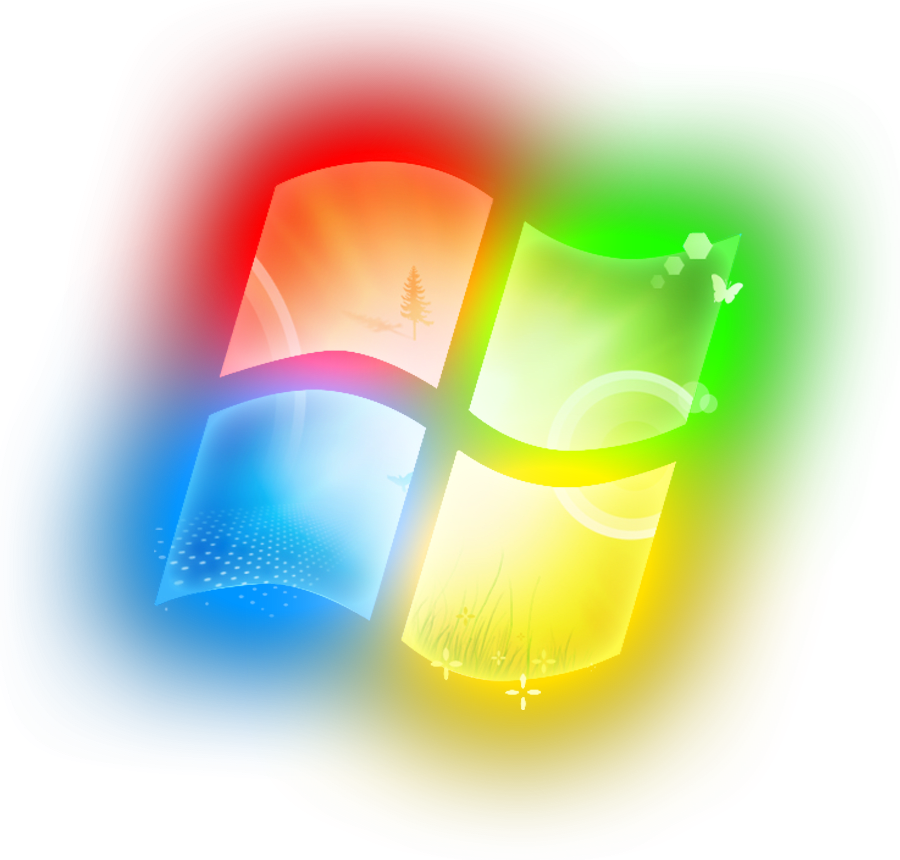Tag: Windows Server
Microsoft Exchange Server Security Update
Introduction

In this article, we provide updated information concerning the ongoing threat posed by the malware directed at Microsoft Exchange Servers noted in CVE-2021-26855. We also furnish the steps needed to update and secure your Microsoft Exchange Server. In a recent post, the Cybersecurity & Infrastructure Security Agency posted a priority security advisory regarding the recent Microsoft Exchange Server vulnerability. They state:
How to Set Up Plesk Backups in Cloud Object Storage
By default, Plesk typically stores backups on the server. This can, however, present a risk if the hard drive or RAID fails on the server. If this ever occurs, you can possibly lose both data and your backups. To avoid this situation, Liquid Web recommends storing additional backups in a remote storage location.
What is a Virtual Private Network and How Does it Work?
What is a VPN?

A Virtual private network (VPNs) creates a secure connection between a remote computer and another network. The connection itself is encapsulated and encrypted which provides a protected communications channel between the two points.
How to Setup OpenVPN On Windows Server
What is OpenVPN?
As noted previously in our OpenVPN article, this is an open-source Windows software package used to create a secure, site-to-site tunneled VPN connection that provides remote access between two locations. In this tutorial, we will be setting up an OpenVPN server on a Windows server.
What is OpenSSH?

OpenSSH is an open-source utility developed by The OpenBSD Project. SSH stands for "Secure SHell." This service encrypts traffic on both ends, eliminating security risks from hackers or eavesdroppers. It can be used for remote operations like file transfers and offers key-based passwordless authentication. In this tutorial, we will demonstrate how to harness the power of SSH's on your Windows server to send basic remote commands and transfer files using password authentication.
How To Create a Child Instances On Private VPS Parent
Now that your Private VPS Parent is set up and ready to go, you’ll want to kick-off a few Child Instances. We’ll start from the Dashboard for the Private VPS Parent, which is where we left off in the previous article: Available Resources On a Private VPS Parent.
How to Install and Configure Gradle
What is Gradle?
Gradle is a high-performance open-source build automation tool that makes it possible to build just about any type of software. It is highly configurable and extensible via a well-developed plugin ecosystem. Because build automation is an integral part of the consistent delivery of software projects, Gradle integrates seamlessly with multiple IDE’s, including Android Studio. This tutorial covers the manual installation of Gradle on Linux, MacOS, and Windows.
How to Password Protect Folders in IIS and Plesk
Introduction
When reviewing your servers security, it is critical for businesses to ensure that while building new sections of your website, that we do not leave it unsecured or visible to users while it is being built. With this in mind, there are several ways for you to “lock” a folder or domain while it is being developed. This will safeguard a folder or an entire site using the security feature built into IIS and Plesk called password protection. In today’s article we will see how easy it is to restrict access to a site or a folder.
What are Windows Roles?

Windows roles provide a method to define the utilization types a server has available. These roles are necessary to properly utilize a server for the desired use cases, whether it is to be simply a file server, a print server, or a web server. Typically to act in a specific type of role, a server may require additional features that need to be installed in order to best perform that role. The number of roles available on a Windows Server has grown to the point where the Microsoft Windows' help pages have gone from reporting what limited roles are deployable, to listing only non-incorporated roles.
How to Access Your Windows Server Using Remote Desktop
In this article, we explain how to use Remote Desktop software to access your Windows server’s desktop from anywhere in the world. On a normal Windows computer, you have a keyboard, monitor, and mouse that allow you to interact with the machine. For Windows VPS servers hosted on the Internet, things are a bit different because your server could physically be thousands of miles away. To access the desktop of an Internet-hosted server, Microsoft has created a feature known as Remote Desktop.
Our Sales and Support teams are available 24 hours by phone or e-mail to assist.

